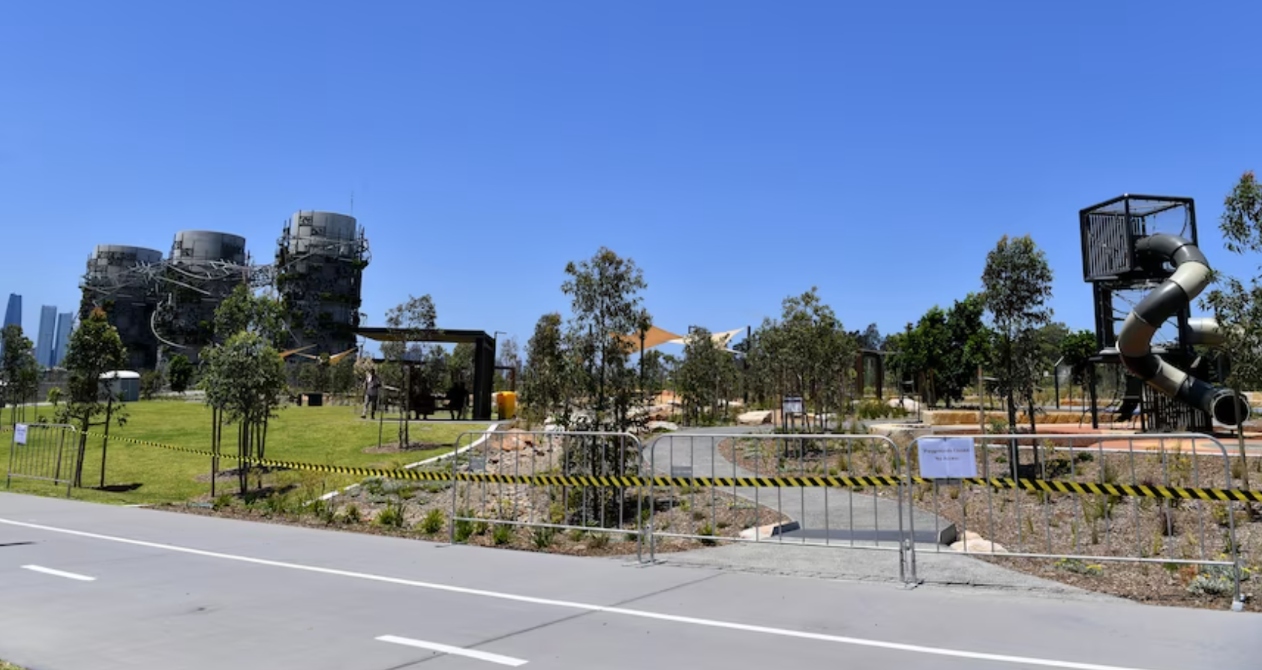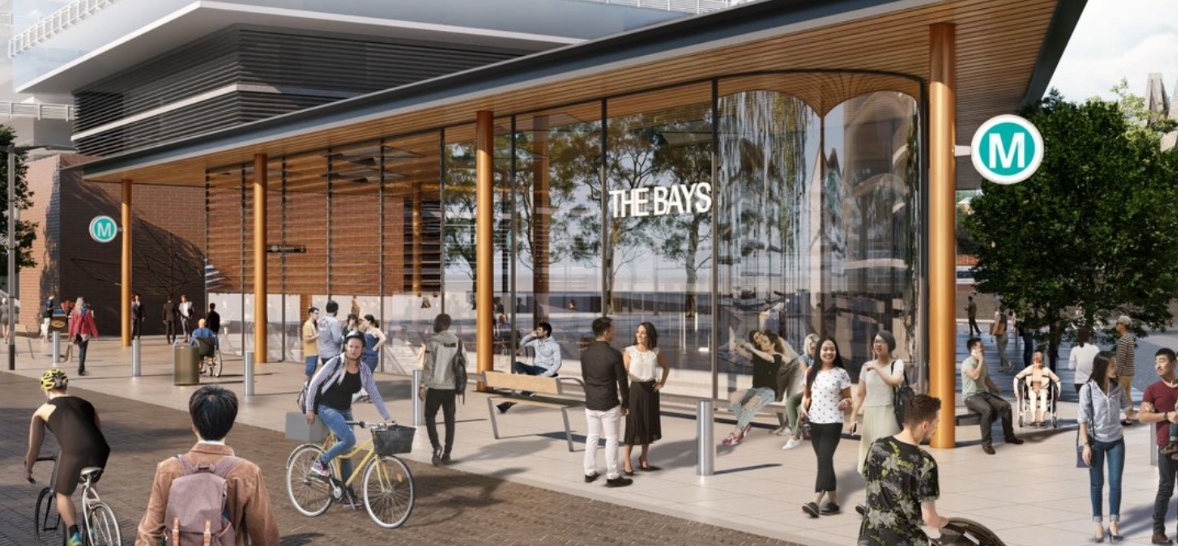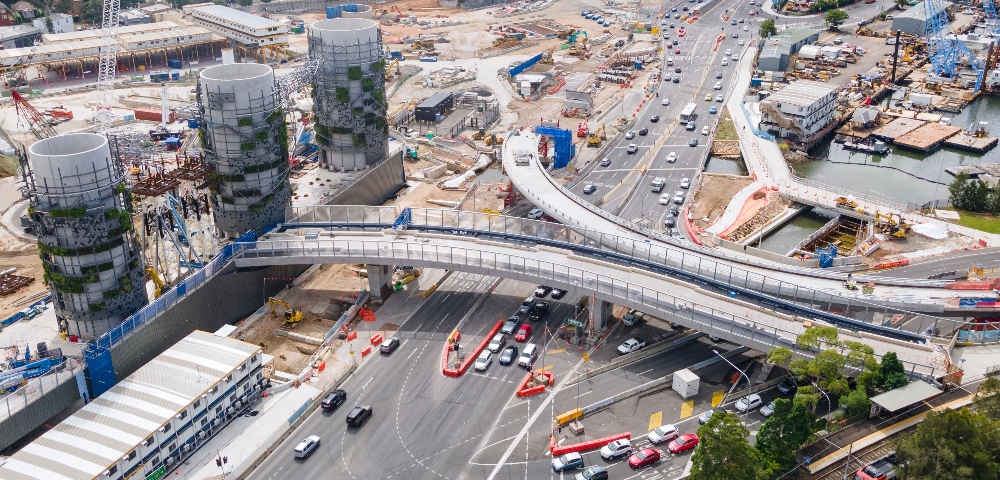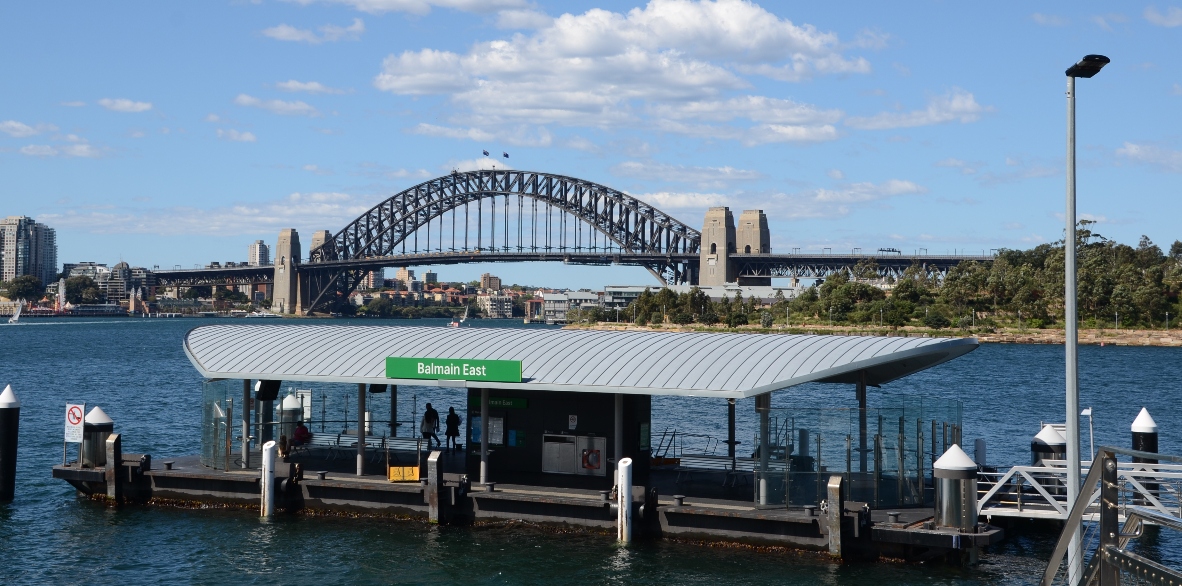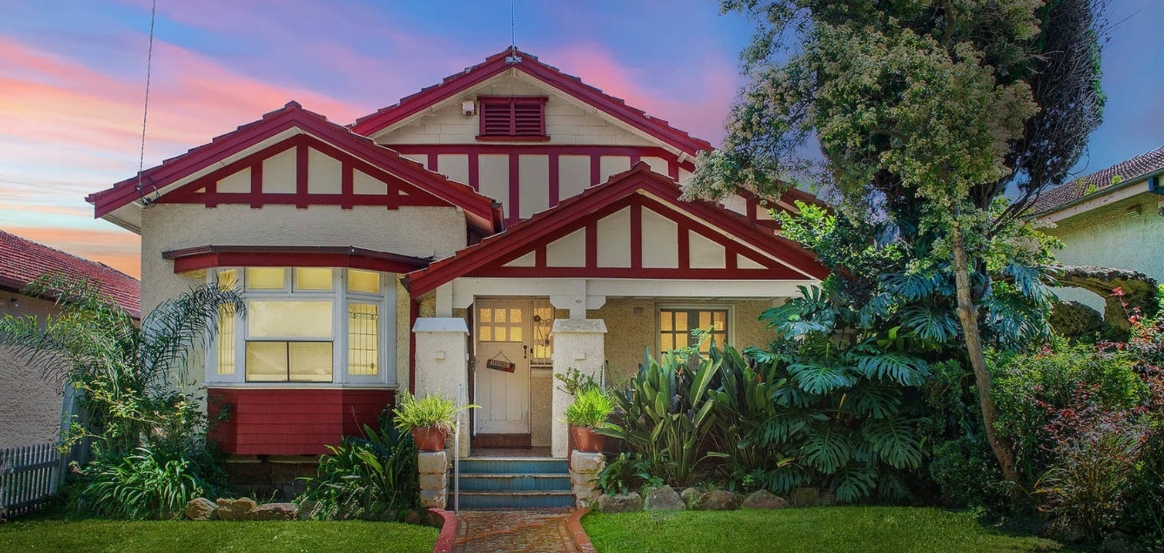
Is your house being acquired for Westconnex? What you need to know
Opinion By PETER HEHIR
Now that the RMS are sending notices in relation to the compulsory acquisition of the land beneath properties in Rozelle and Lilyfield – which includes almost all of the homes in SW Rozelle, most of Lilyfield and a good percentage of NW Rozelle – it’s timely for homeowners to consider how to complete the form that the RMS will be sending shortly.
Once a copy of the Compulsory Acquisition Notice is sent, the homeowner has just 28 days to lodge it. The notice has seven sections numbered a) to g) and each has provision for a $ value to be entered. The following should be considered when completing the form.
• Section a) ‘the market value of the land on the date of its acquisition’. The suggested entry is NIL because the market value of the land to be acquired is nil – this is because the land cannot be bought or sold separately from the whole title, as it is the underground lot.
• Section b) ‘any special value of the land to the person on the date of its acquisition’. The suggested entry is NIL.
• With Section c) ‘any loss attributed to severance’ it is suggested that TBA be inserted as this can be calculated at a later date.
• Section d) ‘any loss attributed to disturbance’ will suggest a figure required to effect the necessary structural repairs. This could be as little as a few thousand dollars or up to many hundreds of thousands, if walls require underpinning; or even more, if the home needs to be demolished and completely rebuilt. Early homes built on 19th century footings and those with lime mortared masonry walls may be especially susceptible as they were never designed to be undermined. This section should also include an allowance to cover legal costs incurred in the pursuit of a settlement.
• Section e) ‘the disadvantage resulting from relocation’, needs further investigation as costs associated with relocation while severely damaged homes are being repaired, may fall under this section, or it may be covered/included in Section d). TBA may be appropriate.
• Section f) requires that a figure be arrived at that attempts to quantify the loss occasioned by a homeowner who now finds that a road tunnel is to be built beneath their property. This is an estimate in the loss of value of the surface land to be retained after the acquisition. There is anecdotal evidence that the market value of homes above the tunnel route in the Inner West has dropped substantially, anywhere from 10% to perhaps as much as 30%, depending on the size and depth of the tunnel below the property. This was disputed by the joint venture contractors and the RMS, at a recent WestConnex Community Reference Group meeting, who stated that there is no proof of this. Evidence also indicates that those who reside above shallow road tunnels are aware of traffic noise 24/7, especially so in the early hours.
• Section g) should be completed with the words TBA.
The figures entered will obviously be estimates and are specific to individual properties. They can be subsequently adjusted as and when necessary depending on the degree of damage and the cost of litigation.
Evidence published by Otus Intelligence strongly suggests that there is a definite correlation between tunnelling and subsidence and that disturbance of the surface is inevitable. The EIS also indicates an inverse relationship with tunnel depth and subsidence.
Lodging a claim along the lines suggested above costs you nothing. If no claim is made within the 28 day period then compensation may not be possible under the Act.
Note however that to date claims under this Act seeking compensation in relation to the earlier stages of WCX have been singularly unsuccessful. However, if and when an action in the courts does succeed, this establishes a precedent, which then may permit those who’ve lodged a claim to seek compensation individually or to join a subsequent class action.
Please note that this process is totally separate from the structural damage provisions that already exist, whereby if it can be proven that the tunnelling has caused structural damage, then repairs will be effected at no cost to the owner. It is worth noting however that of the 200 or so claims for structural damage lodged so far, hardly any have been successful!
RAW (Rozelle Against WestConnex) again recommends that homeowners seek a property report from Otus Intelligence – see the attached article by Australian Financial Review Infrastructure reporter Jenny Wiggens https://www.afr.com/companies/satellite-data-show-westconnex-damage-could-open-floodgates-on-claims-20190311-h1c8og – as this can clearly establish subsidence associated with tunnelling with a compelling degree of accuracy, showing real time subsidence and the condition of the surface land prior to, while the tunnel boring machines are directly below a property and subsequent subsidence, even well after the event.
Disclaimer. Please note that I’m not qualified to offer legal opinion and that homeowners are encouraged to seek specialist legal advice to confirm the relevance and accuracy of the information provided above.




